If all the world practiced our modern method of food sterilization, we wouldn't have chocolate. All macroorganisms must maintain a healthy symbiosis with the microecology that monitors and alters our chemical processing. The powers of the Cacao Bean cannot be unlocked without fermentation by this microscopic life.

Deep in the Sierra Nevada Mountains of Columbia we have found a small biodynamic farm where Cocoa is understood as a sacred process. Within this brightly colored, American Football shaped fruit, many chemical powers are locked within large macromolecules. In a later article I can discuss these powers. Today, I discuss the biochemical intricacies of unleashing these powers through fermentation.
The Cacao Fruit
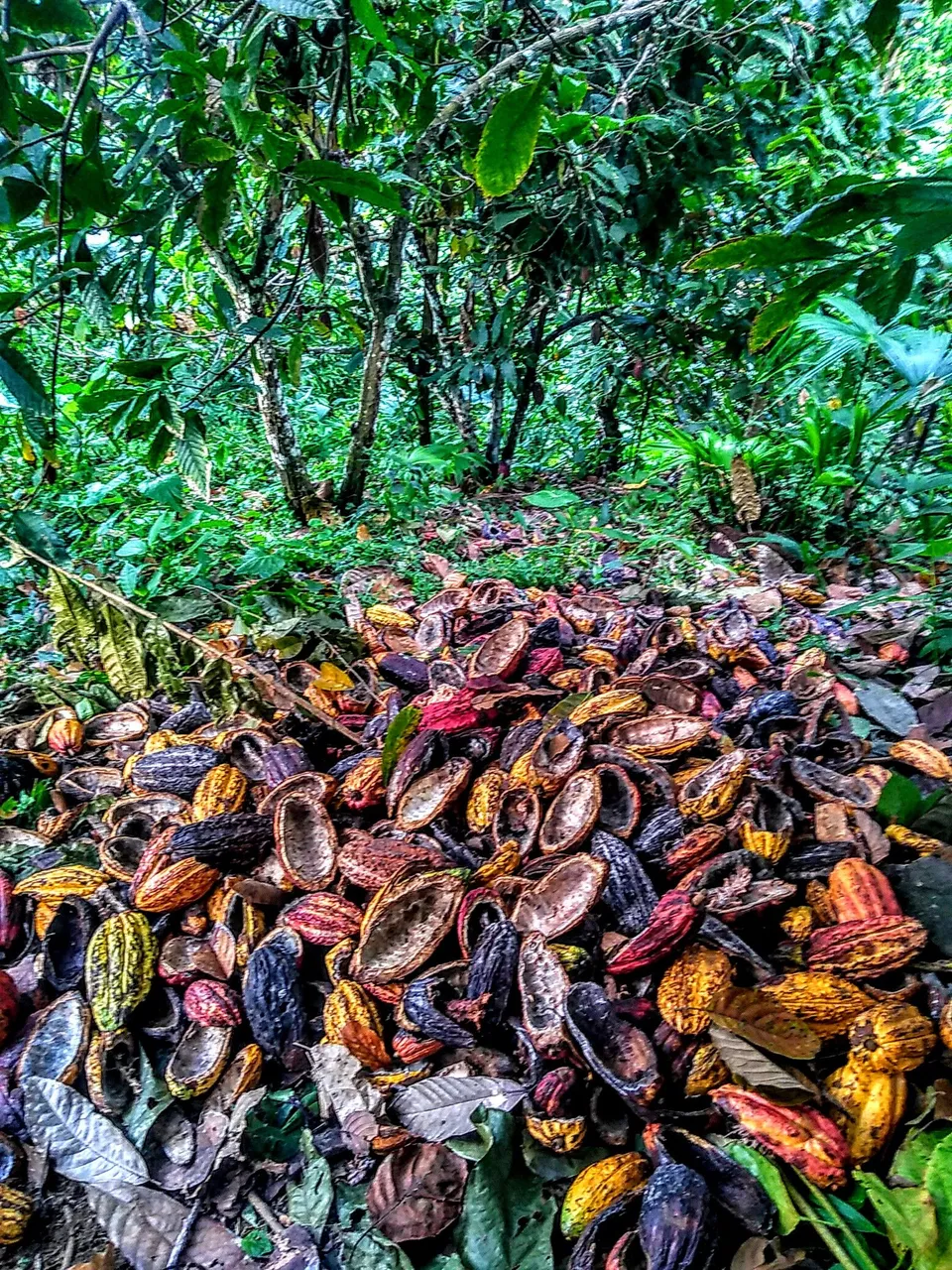
(A rainbow compost pile of Cacao fruits)
The initial step in unlocking the power of Cocao is to simply open these stunningly colored fruits. Hidden within, you will find seeds embedded within a rich white pulp. This pulp is saturated with pectin, a protein which maintains viscosity, sugars and citric acid. This is a delicious selection for a community of microorganisms. Before opening the pods, this pulp is sterile. In the moment that the splendor within meets the outside environment, the microorganism begin their work.

(Unfermented Cacoa Bean)
Before fermentation, these beans are a deep purple and have an unpleasant bitter taste. During fermentation, microbial action solubilizes the pulp, creating an evolution of chemical byproducts that diffuse into the bean. These chemical alterations kill the fertility of the bean and create the color, aroma and flavor we know as chocolate.
Fermentation Process
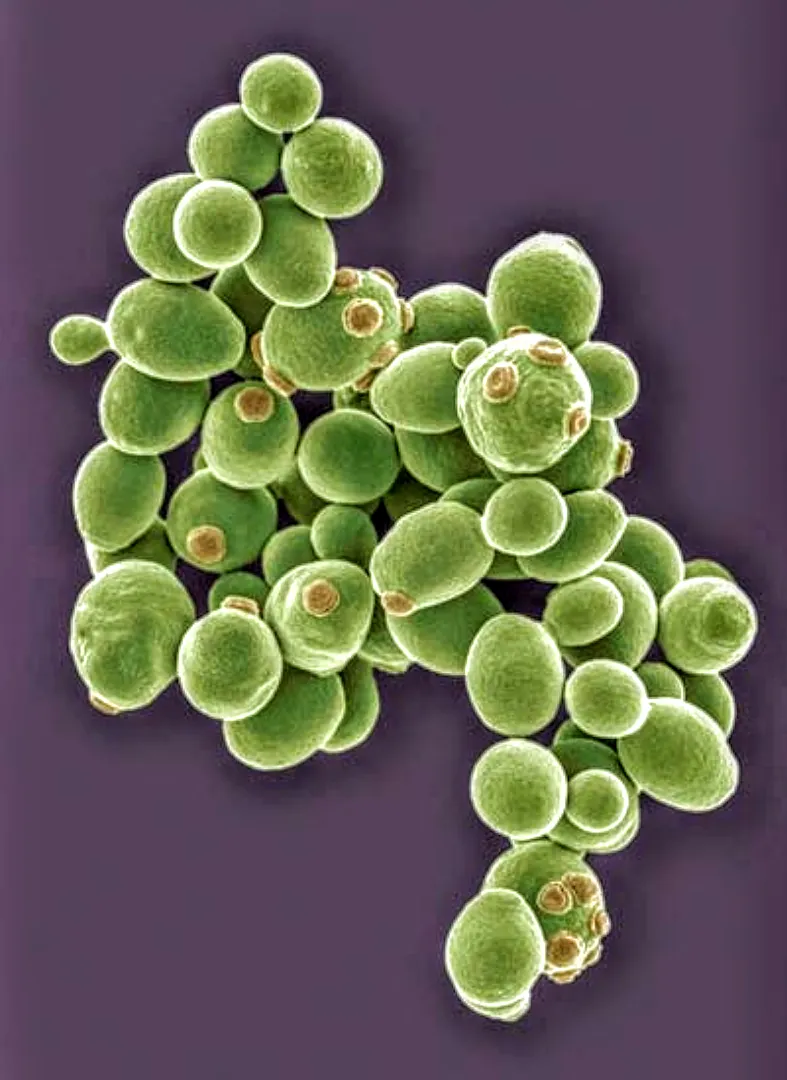
(Budding yeast cells)
As one of the pioneers during pulp fermentation, Yeast, or Saccharomyces, is responsible for many of the initial chemical alterations. Yeast are a microorganism with a strong sweet tooth. They play a starring role in many ferments, such as wine and beer, as they transform sugars into alcohol. During this process, the yeast utilize citric acid, lowering the acidity of the pulp, and allowing other microorganisms to invade. The third role of yeast is the digestion of pectin which liquefies the pulp into a delicious alcoholic, lowly acidic soup.
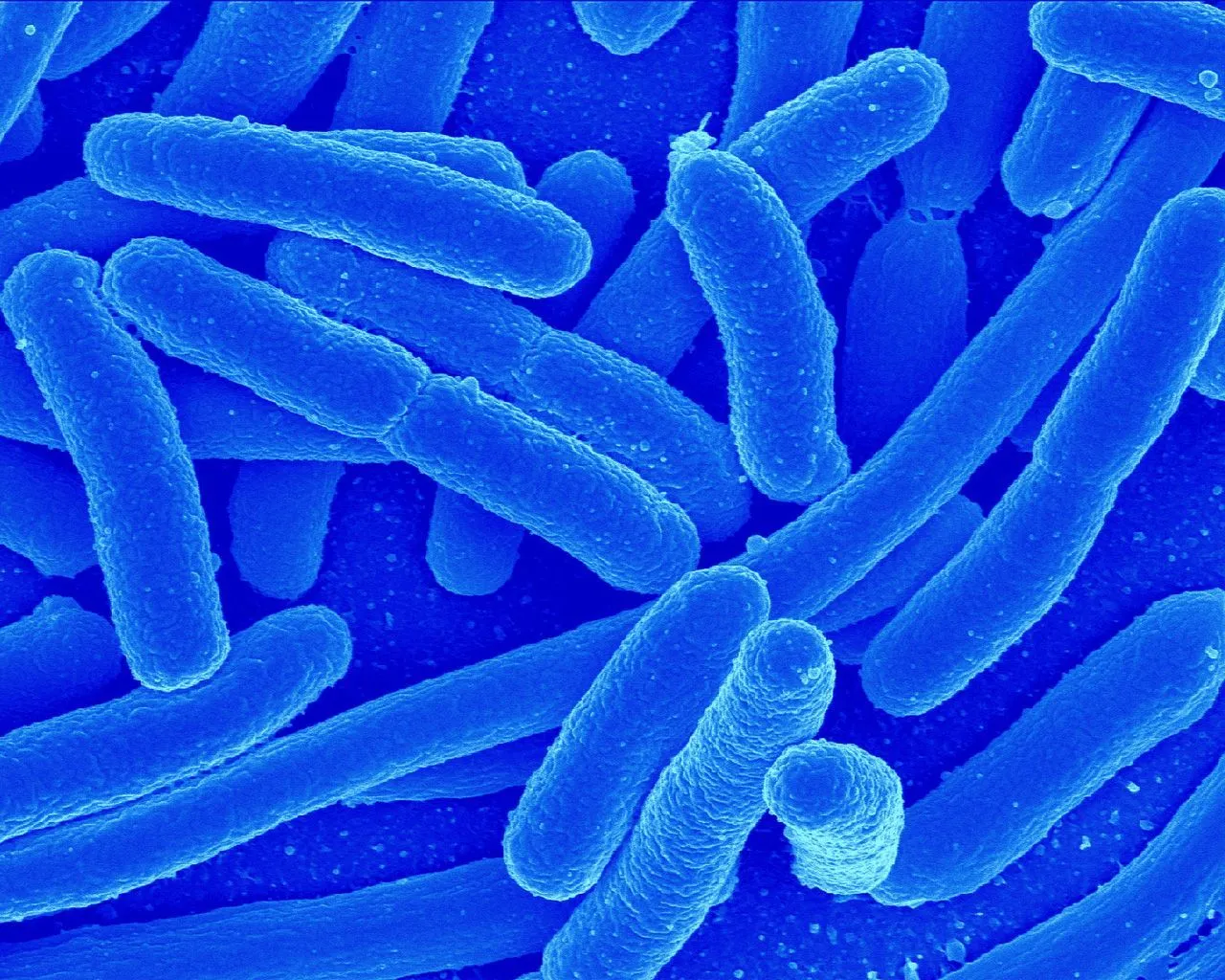
(Lactic Acid Bacteria)
Symbiosis allows for the flourishing existence of all life. Yeast alone are unable to unlock the potential of Cacao. Once alcoholic fermentation is initiate by the yeast, a second pioneer moves in. Lactic acid bacteria are responsible for the oxidation of ethanol, produced by yeast, into acetic acid. Acetic acid is more commonly known as vinegar, which is apparent due to the characteristic vinegar smell the pulp acquires.

(Spore Forming Bacteria)
Yeast and Lactic Acid Bacteria are highly active during the first 1 or 2 days. After this point they diminish their nutrient supply. Meanwhile, rising temperatures allow for various species of Spore Forming Bacteria to move in. These spore forming bacteria are responsible for much of the development of the final color, flavor and aroma of the Cocao Bean. These chocolatey characteristics result from production of organic acids and flavourants such
as pyrazines and 2,3-butanediol.
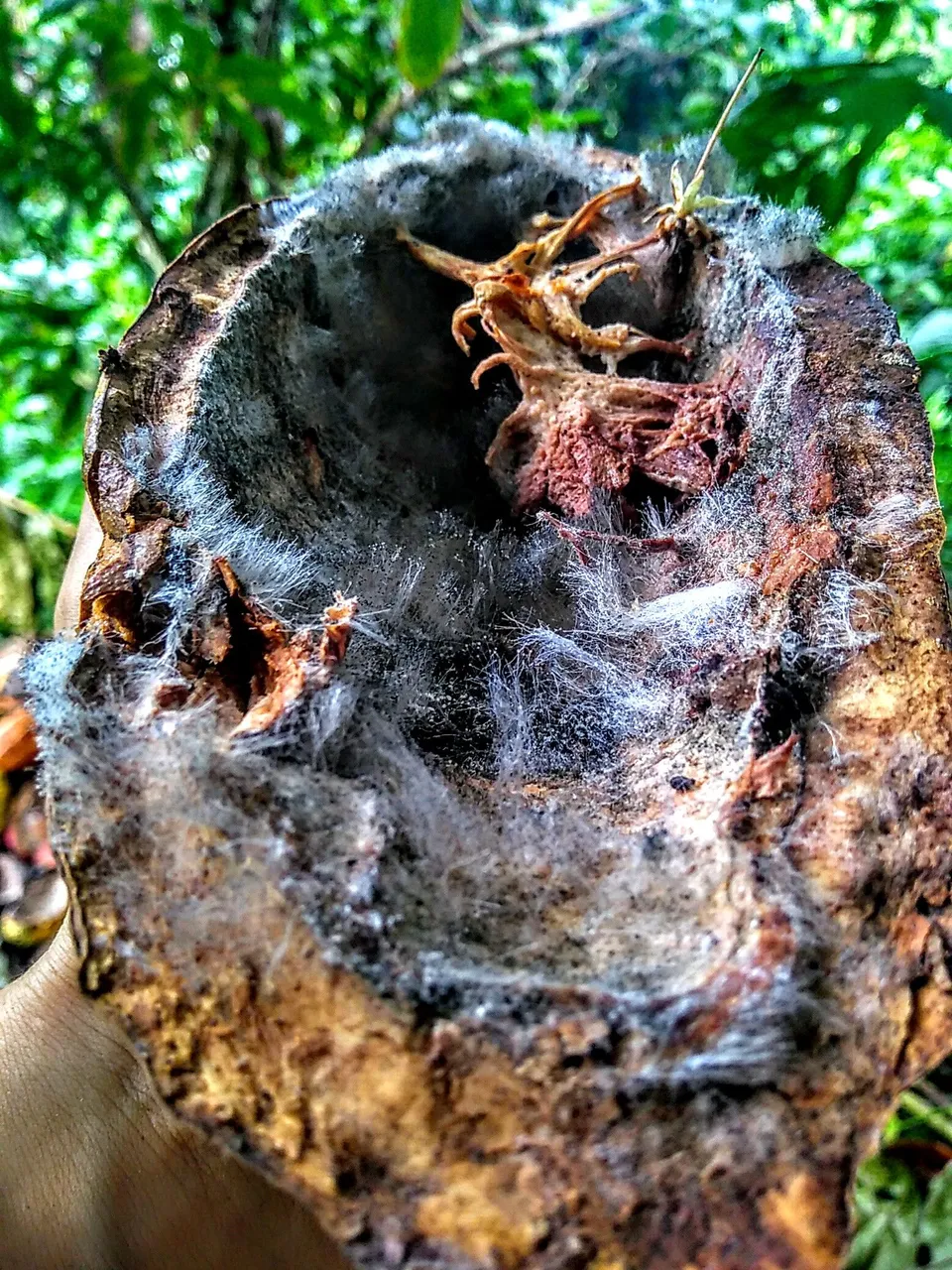
(Filamentous Fungi from Cacoa compost)
During the entire fermentation process, varying species Filamentous Fungi are able to thrive in the fermenting soup. These fungi play a key role in the ultimate unlocking of many of Cacaos infamous qualities. Their use of amylase shows that they are responsible for the digestion of starch within the beans, producing more simple and actively sweat sugars such as glucose and fructose. Meanwhile, lipolytic enzymes produced by the fungi increase the concentration of free fatty acids within the beans. Cocoa beans are 50% lipids, or fats. These free fatty acids enhance the flavor of the bean while lowering the melting point to the Cocoa butter.
An Alchemist of the Forest


(Kitchen Friends!)
I find it significant that many activating or “unlocking” processes induced by Fermentation involve the digestion of macromolecules into their monomer constituents. During fermentation, concentration of free amino acids increase by 500%! As I further my research into fermentative process I would like to understand how predigested, thus smaller, molecules interact with the body.
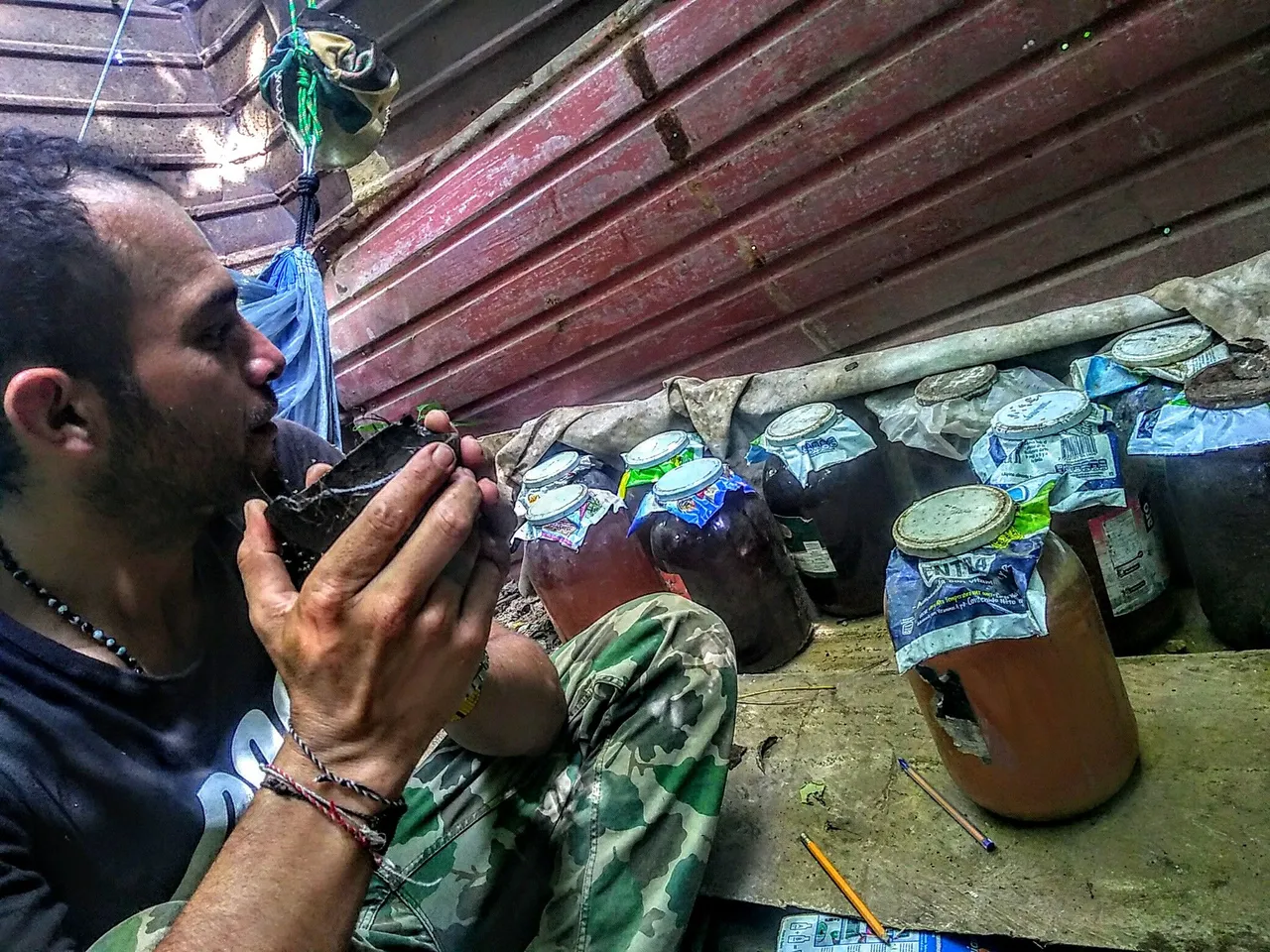
(Four Year Old Cacao fruit vinegar fermenting in the laboratory)
This farm where I am now living is only reachable by a one hour foot path. The farm is known as Semillas Salvaje “Wild Seeds" and the focus is working with the natural evolution of the jungle to grow a food forest, including an abundance of the sacred cacao fruit. In these days I have discovered that it is not only the beans of the Cacao that hold potential. Here in the laboratory there is vinegar of Cocao fruit that has been fermenting for 4 years! One sip of this matured culture sends noticeable vibrations of activity throughout the body.
A Thanks to Steemit!
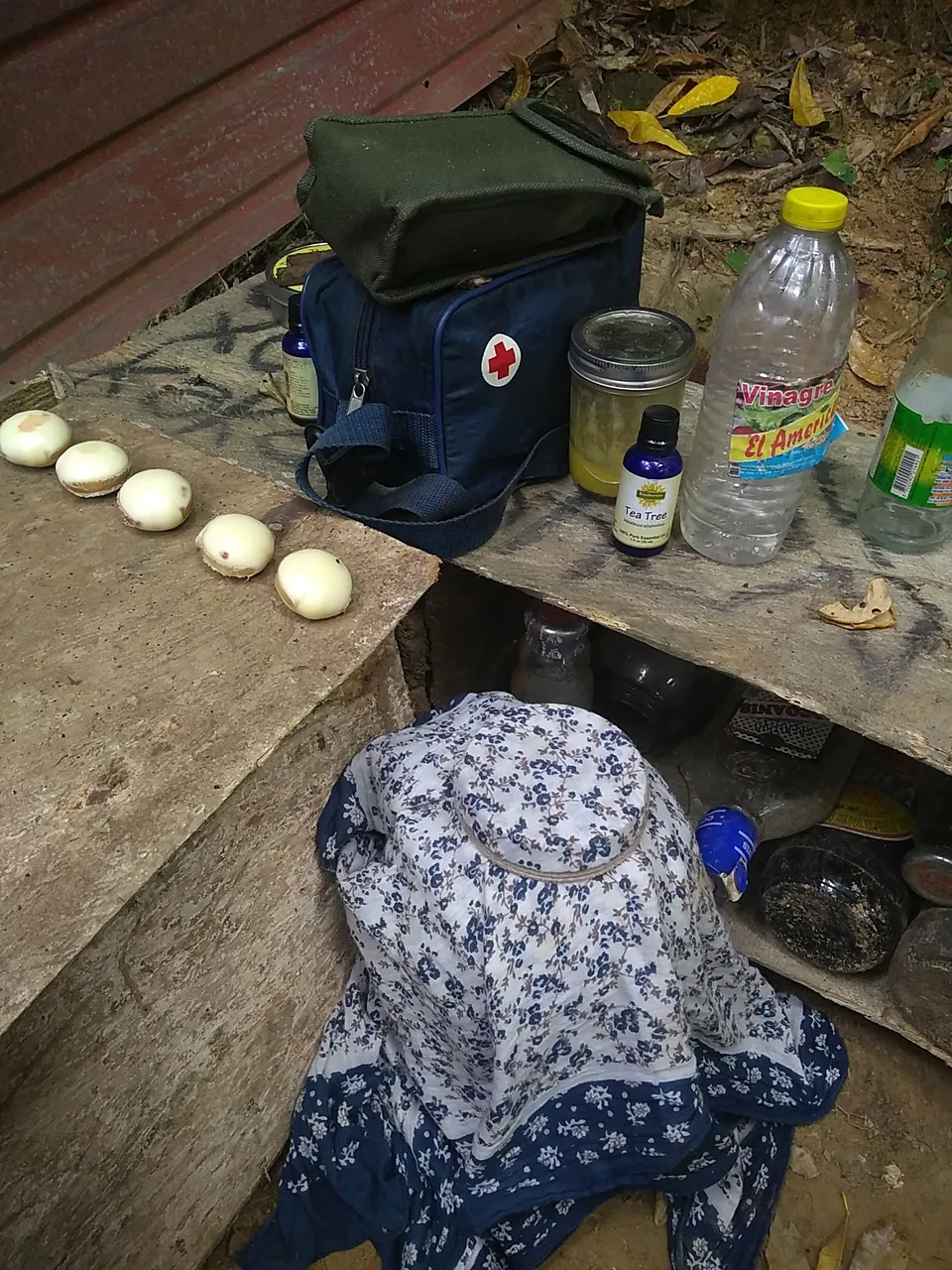
Blending the mind of an empirical chemist with the world of spirituality and alchemy is levitating my understanding of natural and sacred medicines. Steemit has provided an incredible outlet and motivation to dive deeper into the subjects I am exploring.
I always encourage and look forward to thoughtful comments, upvotes and resteems. If you have any experience with Fermentation I would love to hear.
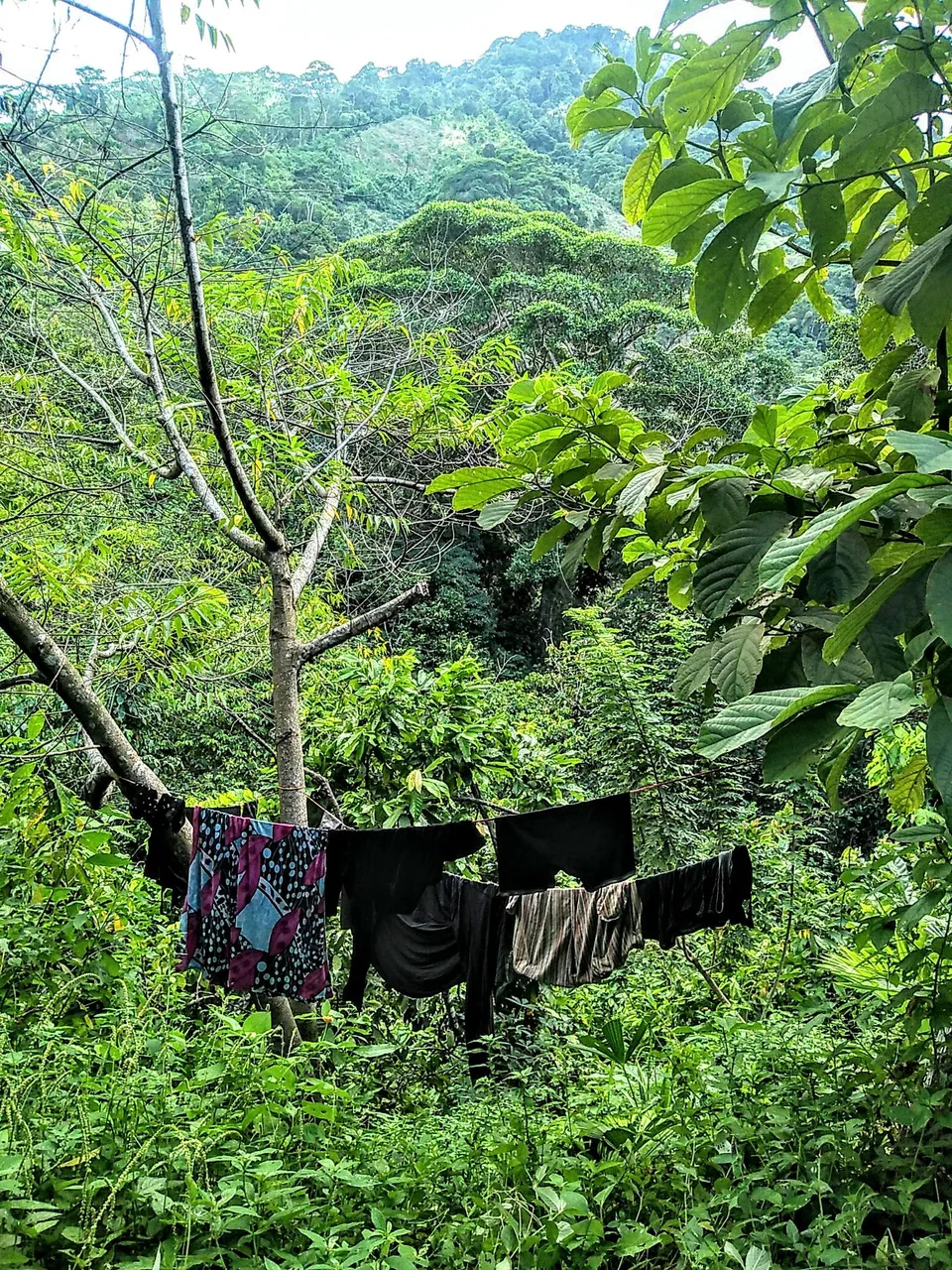
Tomorrow we carry 100 coconuts into the mountains in order to extract coconut oil. This post will soon be translated into Spanish so it can be shared with my fellow alchemists of the forest. Stay curious, live experimentally!
Reference Links
https://www.britannica.com/science/yeast-fungus